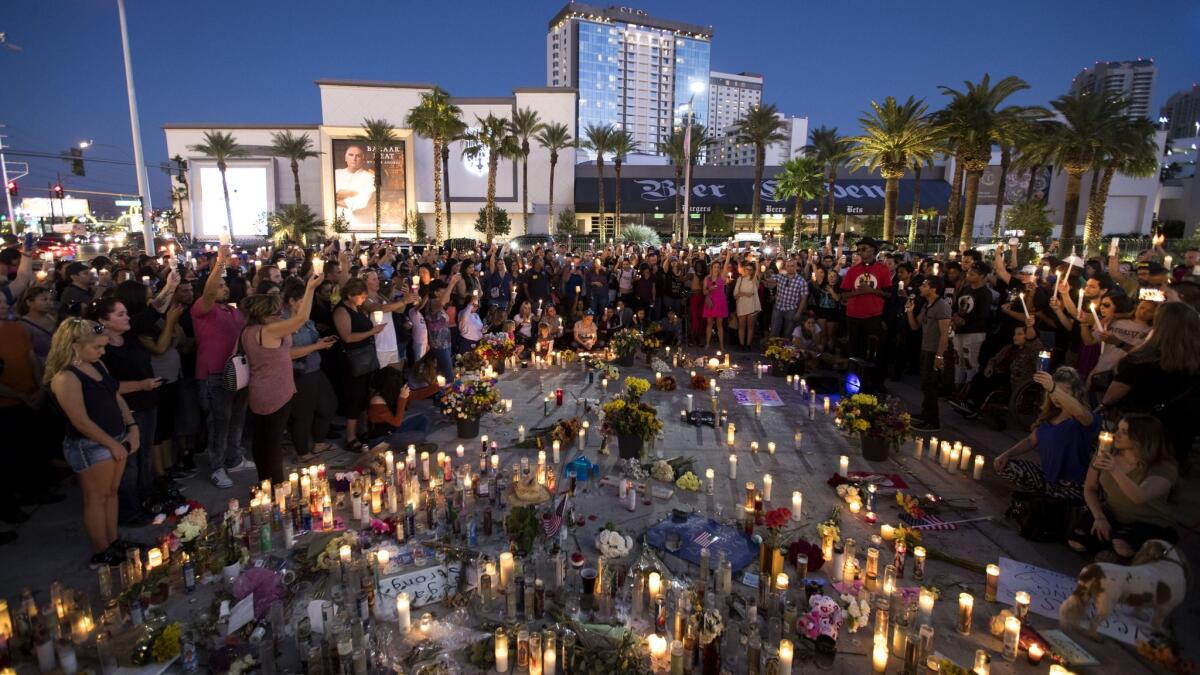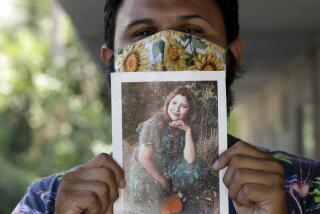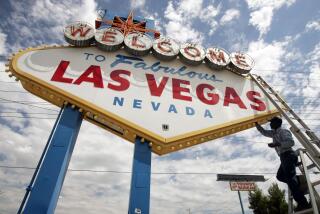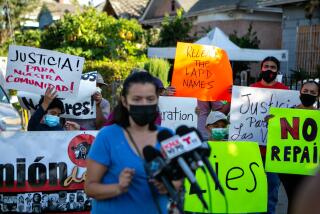Victims of Las Vegas mass shooting start receiving payments of up to $275,000 each

Reporting from Las Vegas — More than 500 victims of the mass shooting in Las Vegas began receiving money Monday from a victims fund that collected in excess of $31 million after the tragedy.
The Las Vegas Victims Fund nonprofit set aside $275,000 for each of the 58 victims killed on Oct. 1 and equal payments to another 10 who suffered paralysis or brain damage.
Scott Nielson, chairman of the Las Vegas Victims Fund Committee, said in a statement that the generosity shown to those who suffered in the attack was “tremendous.”
“We recognize, however, that money cannot replace a life lost or forever changed due to this tragic event,” Nielson said. “What the committee worked hard to do was distribute the gifts given by tens of thousands of people in a way that would help those families and survivors most severely impacted.”
Divided into three levels, the committee announced there were 532 claims total. The second level consisted of 147 people who were injured and hospitalized. Fourteen claims in that tier got $200,000 each and required proof the victim had been hospitalized for more than 24 days. There were nine who got $150,000 each for 16-23 days in the hospital and 15 who got $100,000 each for eight to 15 days in the hospital.
Most claims in the second level — 77 total — got $52,500 for hospital stays that lasted two to seven days. Thirty-two people who spent one day in the hospital received $17,500.
The mass shooting in Las Vegas — the largest in modern American history — drew worldwide attention after Stephen Paddock opened fire from his room on the 32nd floor of the Mandalay Bay Resort and Casino down into a crowd of 22,000 attending the Route 91 Harvest country music festival.
But after the shooting, there were complaints made by some suggesting that the money in the victims fund didn’t match the scope of the tragedy and that many would be left out when it came to receiving money.
In 2016, the Pulse Nightclub shooting resulted in 49 people being shot and killed and the OneOrlando Fund received donations totaling $29.5 million. Each casualty claim resulted in a $350,000 disbursement.
After mass shootings, funds are often established where people can donate to help those who suffered in the tragedy. In San Bernardino, the families of the 14 people killed in the workplace shooting on Dec. 2, 2015, were each eligible for about $140,629. Another 37 people who were present during the shooting at the Inland Regional Center were eligible for $2,993 each.
After the 2012 mass shooting at the Aurora, Colo., movie theater, more than $5 million was donated to a fund. Claims on the deceased came to $220,000 each.
But unlike Las Vegas — Orlando, San Bernardino and Aurora had fewer claimants. In the Orlando victims fund, 186 claims for people who were present in the nightclub — the lowest tier level — received $25,000 each.
The scope of the shooting in Las Vegas — with thousands at the concert — didn’t allow for the fund to cover all of the survivors. By mid-December, the fund was at $16 million. Clark County Sheriff Joe Lombardo said in January there were more than 800 people injured in the attack.
In the weeks after the holiday season, the fund almost doubled and included donations from the Vegas Strong Fund, which was established and funded largely by several casinos. MGM Resorts, which owns Mandalay Bay, gave $4 million through its foundation. A Vegas Strong benefit concert at T-Mobile Arena raised about $700,000.
Contributions from individuals ranged from $1 to almost $400,000.
Under the fund, victims who received outpatient care by a doctor — 317 total — will divide a little more than $2.51 million, though the exact totals for each claim in that third level hasn’t been determined and is awaiting a final tally on the total number of valid claims.
The rolling disbursement of funds is expected to be complete by the end of the month.
Twitter: @davemontero
More to Read
Sign up for Essential California
The most important California stories and recommendations in your inbox every morning.
You may occasionally receive promotional content from the Los Angeles Times.











